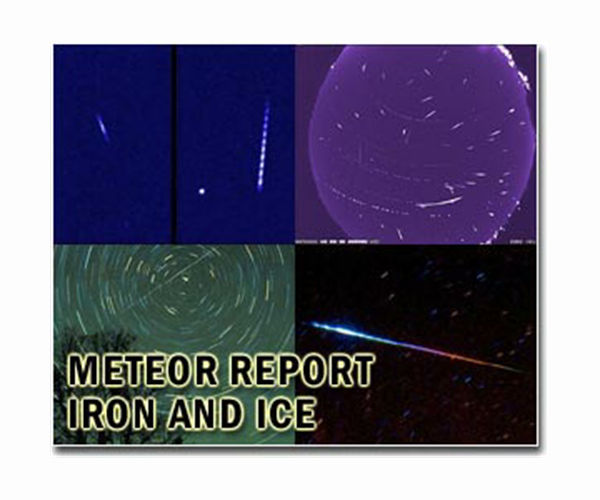
The last supermoon of 2020, May's so-called "Flower Moon," will be visible in the night skies this week, and its brightness will likely obscure the yearly Eta Aquarids meteor showers, according to NASA.
The Flower Moon, named after blooming May flowers, reaches its closest point to Earth's orbit at 6:45 a.m. EDT Thursday, but will be best viewed Wednesday evening when it rises at 7:10 p.m. EDT, according to the National Weather Service.
The moon's elliptical orbit is closest to Earth when it reaches perigee, 221,500 miles away. When perigee happens during a full moon phase, a supermoon occurs, called by astrologists "perigee-syzygy," according to the Old Farmer's Almanac.
The supermoon's proximity to the Earth makes it appear 30 percent brighter and about 15 percent larger than a normal full moon.
The next supermoon won't take place until May, 2021, astronomers say.
Several supermoons usually occur in consecutive months. This year the sky was lit up by March's "Worm Moon," April's "Pink Moon" and now the "Flower Moon," according to Native American names for full moons.
The overlapping Eta Aquarid meteor shower takes place every spring when the Earth passes through the debris trail from Halley's Comet, according to NASA. About 40-60 meteors per hour are visible on a good year.
But full moons usually wash out the view when the two celestial events happen simultaneously.
The Farmer's Almanac also lists other Native American and colonial traditional names for May's full moon, including the Corn Planting Moon, Mother's Moon, Frog Moon and Milk Moon.
Source : https://www.spacedaily.com/reports/Last_Supermoon_of_2020_will_wash_out_asteroid_showers_999.html